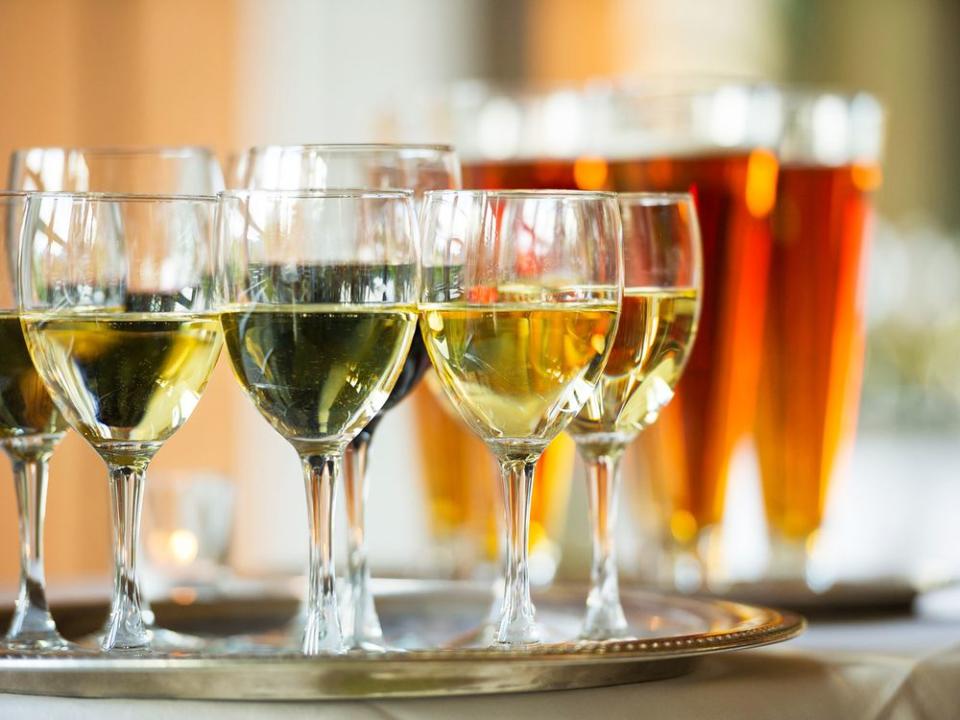Mixing Beer and Wine Is About to Get Easier in California
California has more wineries and more craft breweries than any other state in the country—and a new law that takes effect on January 1 will make it easier for these two beverages to intermingle.
In October, Governor Gavin Newsom signed Assembly Bill No. 1825, which tweaks the state’s existing alcoholic beverage regulations. One major component is that producers will now be able to hold overlapping licenses to make beer, wine, and spirits on the same premises, even with the same equipment—new rules that will offer more freedom to small brands with ambitious plans.
Beer-wine hybrids have been a growing trend in both the beer and wine world for quite some time. Winemakers have shown interest in capitalizing on the craft beer boom and been inspired by beer’s zest for experimentation; meanwhile, craft beer has long been in an arm’s race to uncover the next big thing, and working with wine flavors—or even expanding into the wine world—was less-charted territory.

But due to America’s strict alcohol laws, attempts at overlapping beer and wine can come with limitations. Wines would be dry-hopped and beers would be aged in wine barrels or see the addition of wine grape juice. But producers who had more far-flung ideas often had to stop short of their plans. Last year, Delaware’s Dogfish Head Brewery even flaunted these restrictions with their new brew Mixed Media: The hybrid was 51 percent malt and 49 percent grape meaning it was “the closest to a wine a beer can legally be,” as the brewery wrote.
But in California, producers who are approved for multiple licenses at the same space won’t have to walk that line anymore… literally. “[Before the law change,] you could have a beer manufacturer’s license and a winegrower’s license under the same roof, but there had to be a magic line separating them,” Tom McCormick, executive director of the California Craft Brewers Association, told the San Francisco Chronicle. “You could not share a fermentation tank. You could not even drive a forklift across that magic line.”
Moving forward, California companies looking to produce beer, wine, and spirits won’t have to jump through these hurdles (outside of the hurdle of getting a new license). The results could be as simple as giving a brewer the option to more easily add wine to their portfolio or as complex as allowing a producer to start mixing beer and wine with (what was previously considered) reckless abandon.
The grand irony is that it’s not like beer and wine production are that different: They’re both the fermentation of a liquid. And along the way, some of the other big differences like ABV have gone out the window. (Ever drank a 12-percent ABV imperial stout?) With so many people there working to make both wine and beer, California of all places should know these things as well as anyone.

